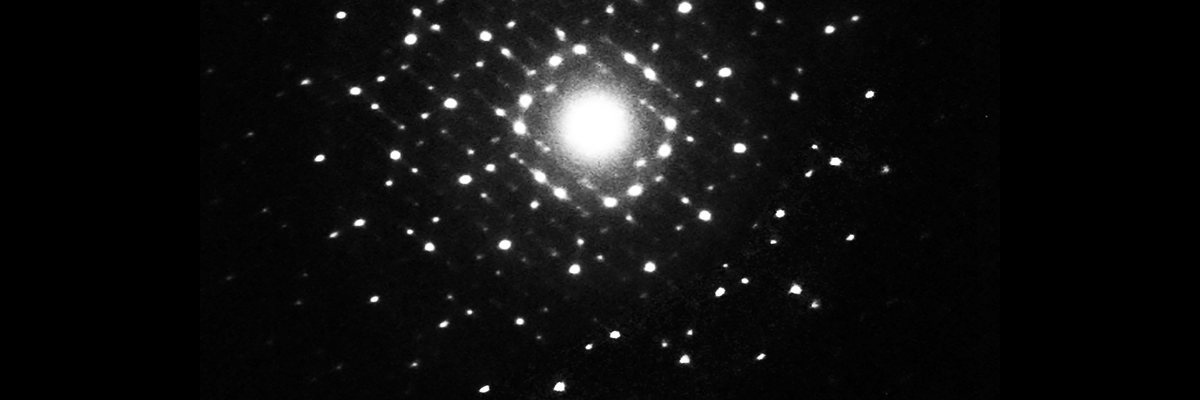Conversion of reference electrode potentials

Primary and secondary reference electrodes
The measurement of electrode potentials requires the use of a reference electrode. Reference electrodes must exhibit a stable potential value under the specified polarization conditions; in electrochemistry terms, they must behave as ideally non-polarizable electrodes.
The Standard Hydrogen Electrode (SHE) is considered the primary reference electrode as it defines the zero point in the electrochemical scale. The SHE electrode is composed of a platinum specimen suspended in a sulfuric acid solution of unit activity of H+. Purified hydrogen gas is bubbled to remove oxygen and establish a 1 atm H2 gas (i.e., the standard state). However, the SHE is highly impractical and, therefore, researchers often opt from a selection of different commercially available alternatives.
In corrosion studies, the most popular reference electrodes are:
- Saturated calomel electrode (SCE),
- Silver-silver chloride (SSC) saturated,
- Copper-copper sulphate (CCS), and
- Saturated mercury-mercurous sulphate (MMS).
Table 1 lists common secondary reference electrodes alongside their potential values versus the SHE scale.
Table 1. Potential values of common reference electrodes.
| Name | Half-cell Reaction | Potential (VSHE) |
|---|---|---|
| MMS | \(HgS{O_4} + 2{e^ - } = Hg + SO_4^{2 - }\) | +0.6150 |
| CCS | \(CuS{O_4} + 2{e^ - } = Cu + SO_4^{2 - }\) | +0.3180 |
| SCE | \(H{g_2}C{l_2} + 2{e^ - } = 2Hg + 2C{l^ - }\) | +0.2415 |
| SSC0.1M | \(AgCl + {e^ - } = Ag + C{l^ - }\) | +0.2881 |
| SSCsat | \(AgCl + {e^ - } = Ag + C{l^ - }\) | +0.2224 |
| SHE | \(2{H^ + } + 2{e^ - } = {H_2 }\) | +0.0000 |
Reference electrode conversions
Electrode potentials can be reported in the scale of the particular secondary reference used for the measurement, or converted to the SHE scale or another common scale such as that of the SCE. Electrode scale conversion is a simple procedure, but it is also a common source of confusion. In this regard, graphical aids such as those suggested by Roberge are useful but cumbersome. In my view, the best, fool-proof method implies writing equation pairs as suggested by McCafferty in his “Introduction to Corrosion Science" book. The conversion equations for the reference electrodes listed in Table 1 are:
\[{{{\rm{E}}_{{\rm{SCE}_{{\rm{sat}}}}}} = {{\rm{E}}_{{\rm{SHE}}}}{\rm{ - }}0.2415}\]
\[{{{\rm{E}}_{{\rm{SSC}}_{{\rm{sat}}}}} = {{\rm{E}}_{{\rm{SHE}}}}{\rm{ - }}0.2224}\]
\[{{{\rm{E}}_{{\rm{MM}}{{\rm{S}}_{{\rm{sat}}}}}} = {{\rm{E}}_{{\rm{SHE}}}}{\rm{ - }}0.6150}\]
\[{{{\rm{E}}_{{\rm{CC}}{{\rm{S}}_{{\rm{sat}}}}}} = {{\rm{E}}_{{\rm{SHE}}}}{\rm{ - }}0.3180}\]
To convert between scales we need to pair the two representative equations.
Example
Question
An electrode potential was measured to be –0.500 V vs. CCSsat. What is this electrode potential on the SCE scale?
Answer
Subtracting the two equations as follows:
$$ - \left\{ {\matrix{ {{{\rm{E}}_{{\rm{SCE}}}}{\rm{ = }}{{\rm{E}}_{{\rm{SHE}}}} - {\rm{0.2415}}} \cr {{{\rm{E}}_{{\rm{CCS}}}}{\rm{ = }}{{\rm{E}}_{{\rm{SHE}}}} - {\rm{0.3180}}} \cr } } \right.$$
We obtain:
\[{E_{SCE}} - {E_{CCS}} = - 0.2415 - \left( { - 0.3180} \right) = + 0.0765\]
Replacing with the value for ECCS:
\[{E_{SCE}} - \left( { - 0.500} \right) = + 0.0765\]
Thus, the potential in the SCE scale is:
\[{{\rm{E}}_{{\rm{SCE}}}} = {\rm{ - 0.4235 }}{{\rm{V}}_{{\rm{SCE}}}}\]
Observations
- Volts per se have no meaning in corrosion and electrochemistry. Electrode potentials always have to indicate the reference electrode against which they were measured.
- Lastly, the use of equation pairs allows the development of spreadsheets or applications to automate reference electrode scale conversions. Such as this one developed by my son Lorenzo.
References
McCafferty, E (2010). “Introduction to Corrosion Science,” Springer, ISBN: 978–1–4419–0455–3.

